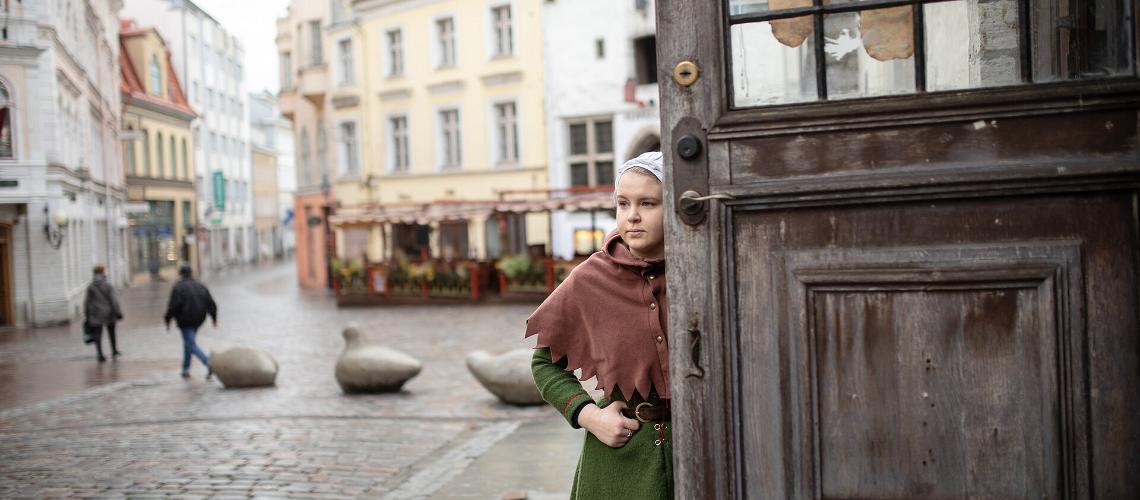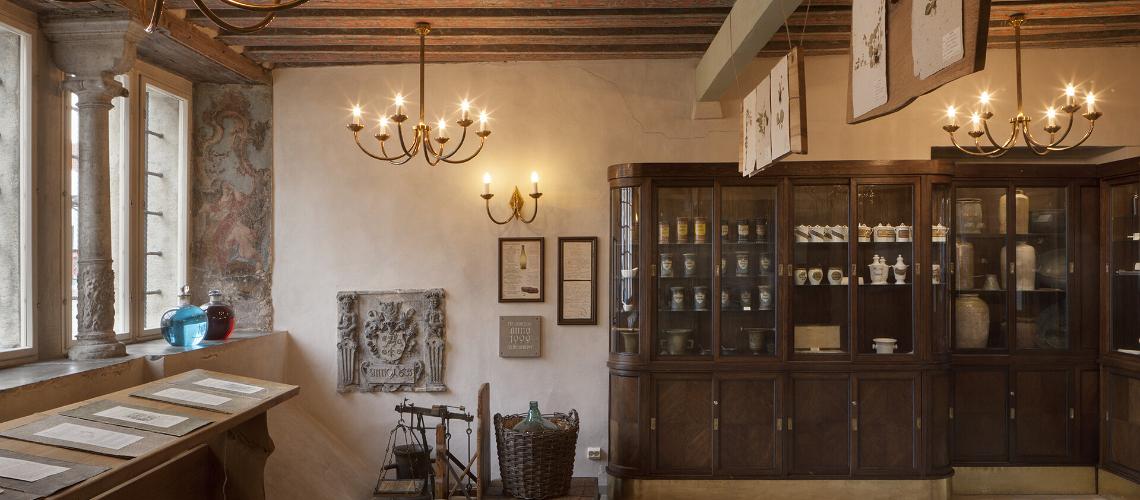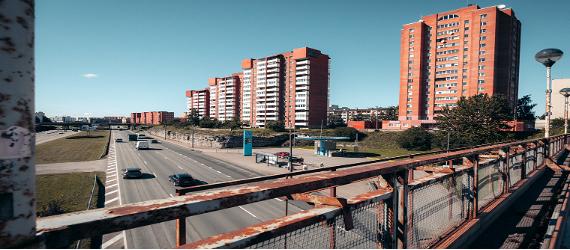Indrek Hargla is known as one of the masters of Estonian detective novels Hargla has won several literature prizes in Estonia, and his work is also well-known in other parts of the world. Hargla's Apothecary Melchior novels, which transport their reader to Tallinn as it was in the 1400s, are amongst his best-known works.
Hargla's Apothecary Melchior novels have proven to be very popular, and the novels have been praised, especially for their depiction of Estonian life in the late medieval period. The Apothecary Melchior novels have also been adapted as a film trilogy whose first part will premiere in February 2022.
Following the footsteps of Apothecary Melchior in Tallinn
Hargla's novels predominantly take place in Tallinn in the 1400s, and are a mixture of crime stories and skilfully researched history. The novels are set in real locations, and that is why many fans of the books have been inspired to explore the milieu of Hargla's novels in Tallinn. If you're interested in getting to know the history of Tallinn, here are a few locations from the Apothecary Melchior series to add to your itinerary.
Town Hall Apothecary
The Raeapteek, or the Town Hall Apothecary, is the oldest apothecary in continuous operation in Europe. The Town Hall ledger of Tallinn mentions it as early as 1422. The Town Hall Apothecary also plays a big part in the story of Apothecary Melchior, as he works as its apothecary.
St Olav's (Oleviste) Church
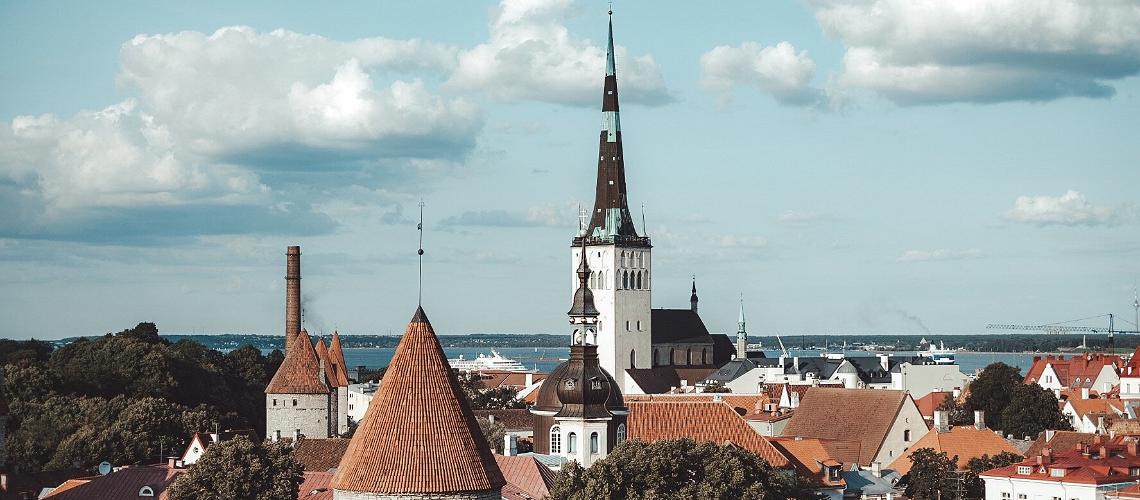
St Olav's (Oleviste) Church is a landmark that dominates the whole Old Town of Tallinn
Photo by: Kadi-Liis KoppelThe first novel in the Apothecary Melchior series is entitled Apothecary Melchior and the Mystery of the Oleviste Church. In addition to its exciting story, medieval Tallinn and especially the Oleviste Church play an important part in the book. Oleviste, i.e. St Olav's Church, is the largest medieval structure in Tallinn, and dates all the way back to the 1200s.
St Bridget's (Piritta) Convent
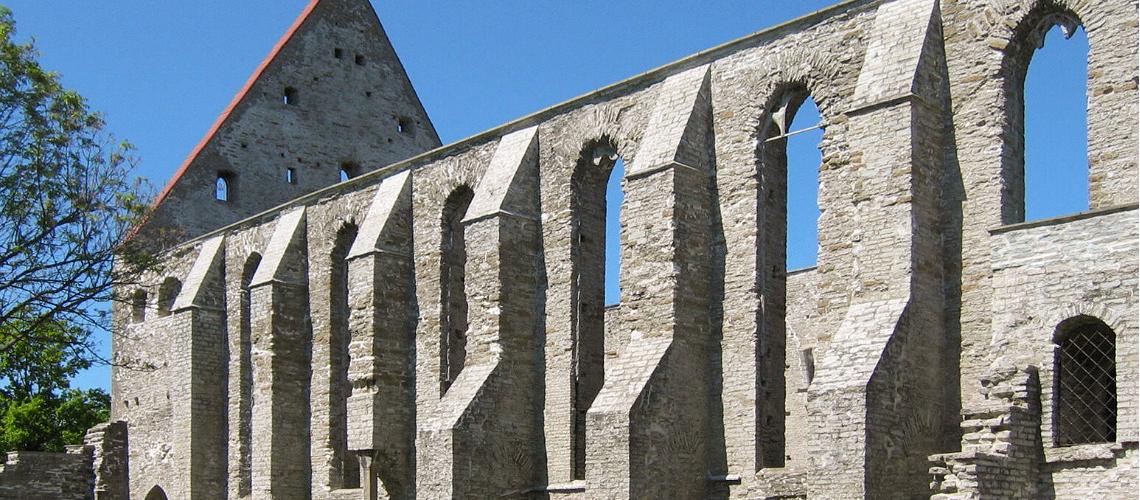
Only ruins remain of the Piritta Convent
Photo by: Anosmia/Jennifer Boyer, CC BY 2.0, via Wikimedia Commons
Piritta Convent, or St Bridget's Convent, was a convent situated near Tallinn that was first founded in 1407 as a Bridgettine order of nuns. Russian soldiers destroyed the original Piritta Convent in 1577, but several large conservation efforts have been undertaken on the site, and the edifice, walls, and cellars of the convent's main building as well as its cemetery have been preserved to this day.
The convent features as an important location in Hargla's novel Apothecary Melchior and the Strangler of Piritta. In the book, Melchior is called to the convent, where a nun has been strangled to death.
The plot follows both the series of events that stem from this tragedy and the history of the Piritta Convent and its monastic life, which is described with an incredible attention to detail.
Old Dominican Monastery
The Dominican monastery founded in 1246 is an important place to Apothecary Melchior, whose best friend is Hinric the monk. In the novel Apothecary Melchior and the Chronicle of Tallinn, a chronicle full of sensitive information is discovered there, and somehow connected to the murders happening in the city...
The monastery is one of the oldest buildings still standing in Estonia, and visitors can nowadays explore various monk cells and workshops as well as precious medieval stone tablets.
A walking tour into medieval Tallinn
Hargla's books will take you on a special journey into the atmosphere of the Old Town of Tallinn. They act as a wonderful introduction for a summery walking tour around Tallinn, for example. You can enjoy a free-to-use voice guide for the Old Town of Tallinn as your tour guide, and choose a theme that best interests you in exploring the city's medieval history.















